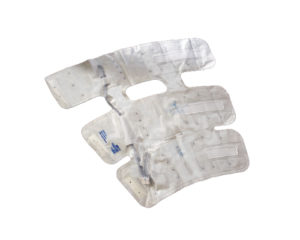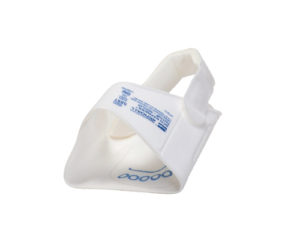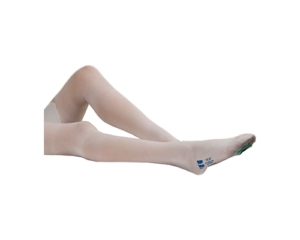Smart Compression™ that
The Smart Compression™ Difference in SCD
It is a Smart Compression™ system that moves more blood1*
to help prevent stasis1, tracks compliance2 with its Patient Sensing™ technology, and offers a digital platform that
educates patients and clinicians about the risk of VTE
all while keeping the environment in mind.
Patient Sensing™ Technology
Vascular Refill Detection
Smart Compression™
for OBGYN
For OBGYNs who are looking to protect women from venous thromboembolism (VTE) before, during and after a C-section.13
The Kendall SCD 700™ System is the only Smart CompressionTM technology available. Unlike the competition, our technology combines personalized compression, circumferential and sequential therapy, patient sensing™ technology, and soft and breathable sleeves.

Featured Webinars
Shop for Smart Compression™ components
Kendall SCD™ 700 Series Controller
The Kendall SCD™ 700 Controller Smart CompressionTM is the next evolution of IPC. It applies intermittent pneumatic compression to increase venous blood flow11 — helping prevent deep vein thrombosis and pulmonary embolism in at-risk patients.
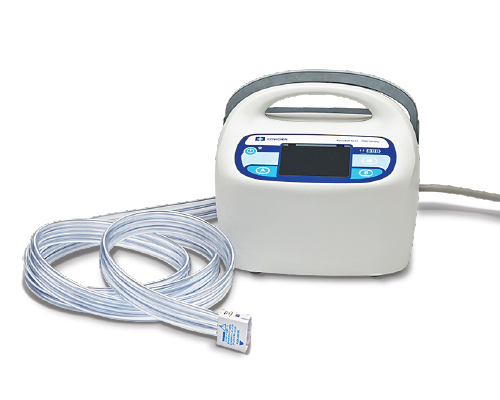
Kendall SCD™ Comfort Sleeves
The Kendall SCD™ Comfort Sleeves have been designed to provide an increased level of comfort, and to increase patient compliance with mechanical prophylaxis™.12
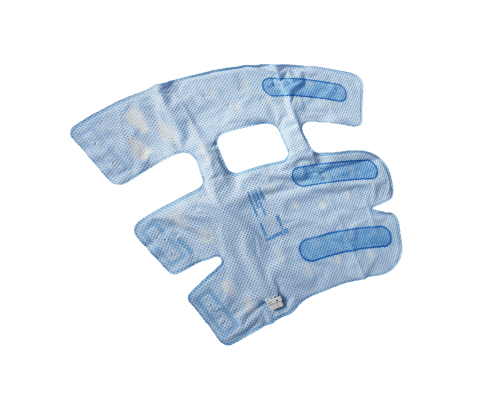
Resources

VTE Risks: Elderly people and post-surgical patients

VTE Risks: Pregnancy

VTE Risks: Sedentary Lifestyles
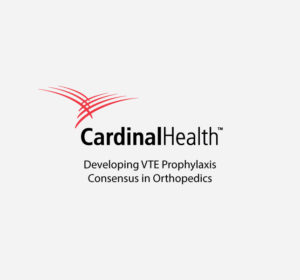
Developing VTE prophylaxis consensus in orthopedics
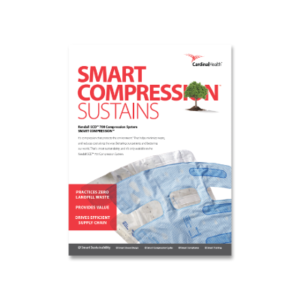
Smart Compression – Sustains
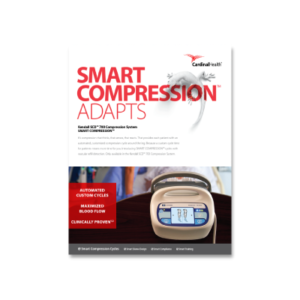
Smart Compression – Adapts
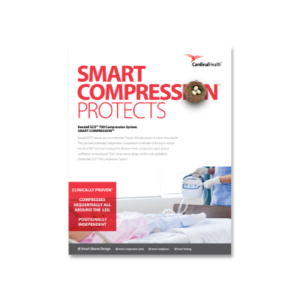
Smart Compression – Protects
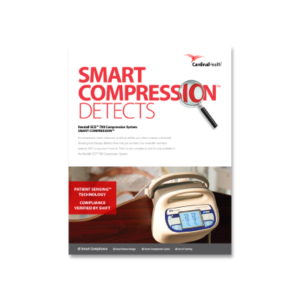
Smart Compression – Detects
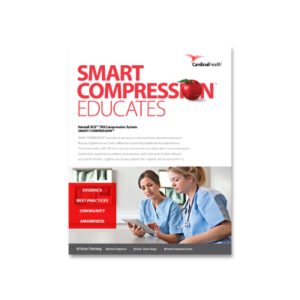
Smart Compression – Educates
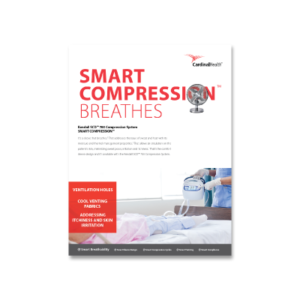
Smart Compression – Breathes
1. Griffin M, Kakkos SK, Geroulakos G, Nicolaides AN. Comparison of three intermittent pneumatic compression systems in patients with varicose veins: a hemodynamic study. Int Angiol. 2007;26(2):158-164.
2. Tarone D. Selected long abstracts from the St. Luke’s University Health Network Quality Awards Program. Int J Acad Med. 2017;3:S176-S188.
3. Canadian Venous Thromboembolism Clinical Trials and Outcomes Research – Canada, https://www.canvector.ca/venous-thromboembolism
4. Kahn, Susan R. et al. Multicenter evaluation of the use of venous thromboembolism prophylaxis in acutely ill medical patients in Canada: Thrombosis Research, 2007, Volume 119, Issue 2, 145 – 155. https://www.thrombosisresearch.com/article/S0049-3848(06)00039-9/fulltext
5. Maynard GA, Society of Hospital Medicine, Stein JM, U.S. Agency for Healthcare Research and Quality. Preventing hospital-acquired venous thromboembolism: a guide for effective quality improvement. Rockville, MD: Agency for Healthcare Research and Quality, U.S. Department of Health and Human Services; 2008.
6. Zeidan AM, Streiff MB, Lau BD, et al. Impact of a venous thromboembolism prophylaxis “smart order set”: improved compliance, fewer events. Am J Hematol. 2013;88:545-549.
7. Mitchell JD, Collen JF, Petteys S, Holley AB. A simple reminder system improves venous thromboembolism prophylaxis rates and reduces thrombotic events for hospitalized patients. J Thromb Haemost. 2012;10:236-243.
8. “Data and Statistics on HA-VTE | CDC.” Centers for Disease Control and Prevention, Centers for Disease Control and Prevention, www.cdc.gov/ncbddd/dvt/ha-vte-data.html.
9. Kakkos SK, Nicolaides AN, Griffin M, Geroulakos G. Comparison of two intermittent pneumatic compression systems: a hemodynamic study. Int Angiol. 2005;24(4):330-335.
10. Internal data available upon request.
11. Kakkos SK, Szendro G, Griffin M, Daskalopoulou SS, Nicolaides AN. The efficacy of the new SCD response compression system in the prevention of venous stasis. J Vasc Surg. 2000;32(5):932-940; Fig 5.
12. Conway D et al. A controlled study evaluating a newly designed sequential compression comfort sleeve in hospitalized patients. Presented at the Academy of Medical-Surgical Nurses (AMSN), 22 October, 2010, in Las Vegas, USA.
13. Obstet Gynecol. 2011 Sep;118(3):718-29. doi: 10.1097/AOG.0b013e3182310c4c.Practice bulletin no. 123: thromboembolism in pregnancy.




